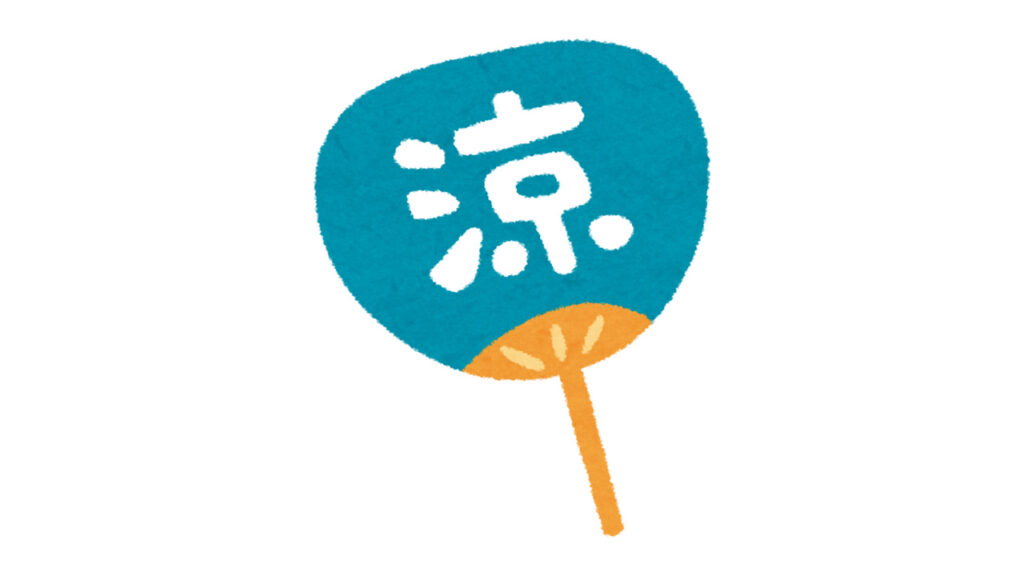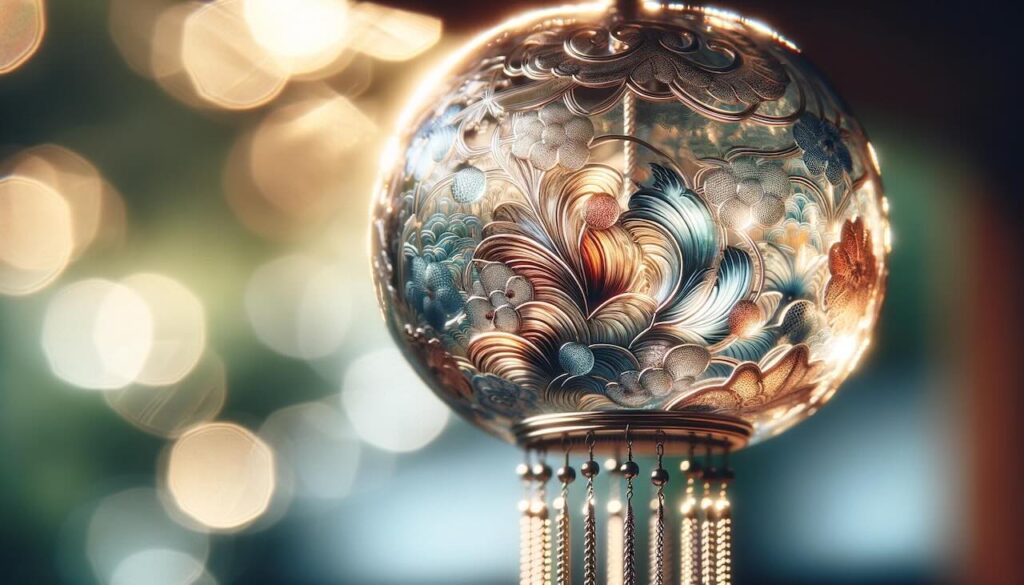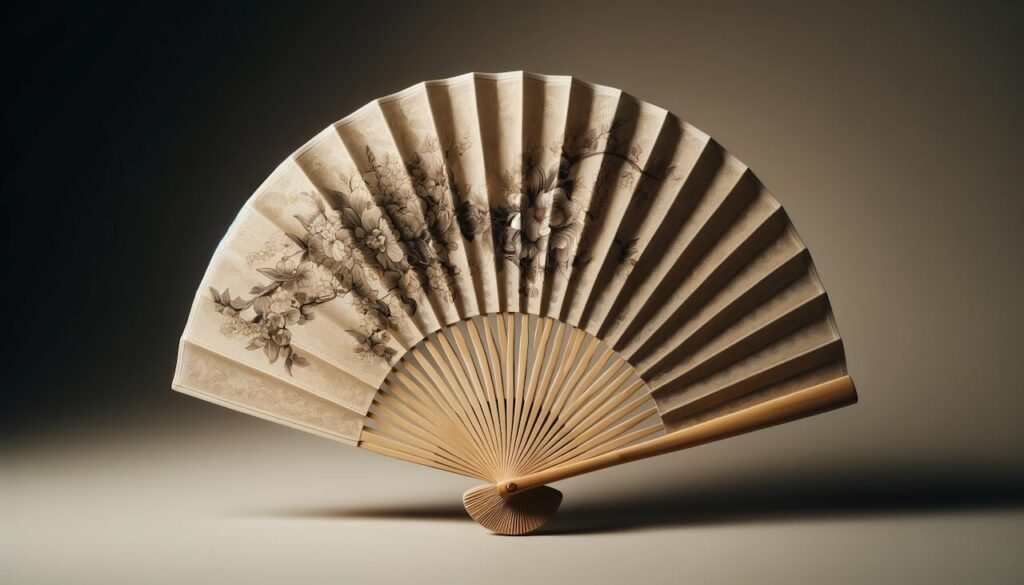When the sweltering days of summer descend upon Japan, few items are as ubiquitous—or as charming—as the uchiwa, Japan’s traditional hand fan. Lightweight, decorative, and practical, these fans are more than just a seasonal accessory; they’re cultural artifacts steeped in centuries of history and artistry.
In this article, we’ll explore the origins of the uchiwa, the meaning behind its name, and how it became a beloved symbol of summer in Japan.
Ancient Origins: From China to the Japanese Court
The story of the uchiwa begins in ancient China, where feathered fans made of bamboo and bird plumes were used by nobles and religious leaders. These early fans were introduced to Japan during the Nara period (710–784 CE) through diplomatic and cultural exchange.
Initially, fans were exclusive to the imperial court and aristocracy, used in ceremonial settings and court dances. By the Heian period (794–1185), uchiwa began appearing in everyday life, as documented in classical literature such as The Pillow Book and The Tale of Genji, where noblewomen and men are often depicted cooling themselves with fans adorned with poems and seasonal motifs.
What Does “Uchiwa” Mean?
The word “uchiwa” (団扇) is composed of two elements:
- “Utsu” (打つ) – meaning “to strike” or “to flap”
- “Wa” (輪) – meaning “circle” or “ring”
Together, “uchiwa” describes a circular-shaped tool used to create wind by flapping or waving it. The simple act of fanning oneself—striking the air to summon a breeze—is embedded in the name itself.
In the Edo period (1603–1868), the fan was sometimes called “dansen”, a nickname inspired by its resemblance to a round rice dumpling called dango. Regardless of name, its function and design have remained unmistakable.
Evolution Through the Ages: From Artisan Craft to Mass Appeal
As Japan refined its own aesthetic sensibilities, uchiwa underwent a cultural transformation:
Muromachi Period (1336–1573)
Artisans in Kyoto began crafting decorative uchiwa featuring gold leaf, lacquer, and intricate brushwork. These were often displayed as status symbols, exchanged as seasonal gifts among nobles.
Edo Period (1603–1868)
The Edo period marked the golden age of uchiwa. With the rise of woodblock printing (ukiyo-e), fan makers began producing beautifully illustrated fans featuring landscapes, kabuki actors, seasonal flowers, and playful scenes from everyday life.
Uchiwa became widely affordable and accessible, appearing in festivals, street scenes, and even as advertising tools for local merchants. They were no longer limited to the elite—they belonged to everyone.
A Fan for the People: The Role of Eiichi Shibusawa
One of the key figures in the modern rise of uchiwa was Eiichi Shibusawa, a prominent Meiji-era industrialist. In 1873, he established Iba Jinshoten, a fan wholesaler in Nihonbashi, Tokyo. Recognizing the commercial and cultural value of uchiwa, Shibusawa streamlined production, marketed fans to a wider audience, and introduced Japanese uchiwa to international markets.
His contributions helped position the uchiwa not only as a national symbol of summer, but also as a global icon of Japanese design and craftsmanship.
Uchiwa in the Modern Era
With the rise of air conditioning and modern cooling devices, you might think uchiwa would fade into obscurity—but that’s far from the case.
In fact, uchiwa remain a staple of summer festivals, company promotions, and everyday life. Today’s uchiwa are often made of paper, bamboo, or plastic, and range from mass-produced items with brand logos to handcrafted works of art.
They’re given out at events, slipped into summer gift sets, and used as canvases for artists and calligraphers. The fan’s enduring popularity lies in its ability to evoke nostalgia while remaining refreshingly functional.
Conclusion: More Than Just a Breeze
From its noble beginnings in the Heian court to its place in street festivals and summer markets, the uchiwa represents a blend of tradition, beauty, and everyday utility. It’s a quiet reminder of the Japanese love for nature, seasonality, and aesthetic simplicity.
So the next time you feel the summer heat rise, reach for an uchiwa. With each graceful flutter, you’re taking part in a tradition that has cooled and delighted Japan for over a thousand years.


